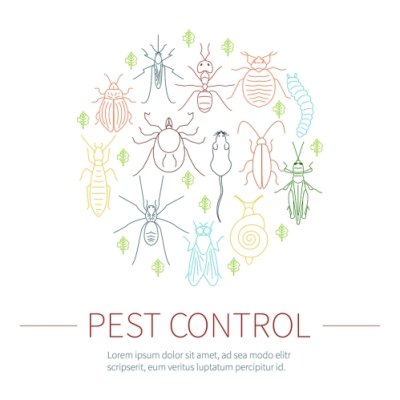Spotlight on Box Elder Bugs

Calling an experienced extermination company can help keep your property free of unwanted and harmful guests. One species of insect that’s frequently seen by Crystal Lake pest control experts in the box elder bug. It’s typically not until the fall and winter that homeowners see box elder bugs inside their houses and consider the need for pest control.
Getting to Know Box Elder Bugs
Adult boxelder bugs are black and orange in color and about ½” long. Their wings sit flat on their backs and form an “X” shape. Boxelder bugs do not bite people and generally do not cause damage to property. Considered by most to be only a nuisance, these insects enter homes when the weather cools, sometimes in large numbers. If there are enough of them in your house, it’s possible that they can stain the walls or your curtains with their excrement. Boxelder bugs do not harm plants, but can sometimes be seen around their pots in search of moisture.
Box Elder Bug Biology
Adult boxelder bugs begin feeding on seeds and low-growing vegetation in the spring, mate a couple of weeks later and lay their eggs in box elder trees in mid-July. Once fall arrives, the box elder bugs start pushing their way through cracks in homes to find shelter from the cold.
Managing Box Elder Bugs
The simplest way to control box elder is to keep them from getting inside. You can do this by sealing holes that they could use for entry. It’s important that you make any necessary repairs by the end of August before they begin looking for winter shelter. Examine your window and door screens for tears or holes, and repair any broken screens in your roof vents and kitchen fan screens. Check the perimeter of your home for holes around cables, pipes, faucets, and dryer vents. Proof your entryways by installing door sweeps under all exterior doors and adding a rubber seal along the bottom of your garage door.
